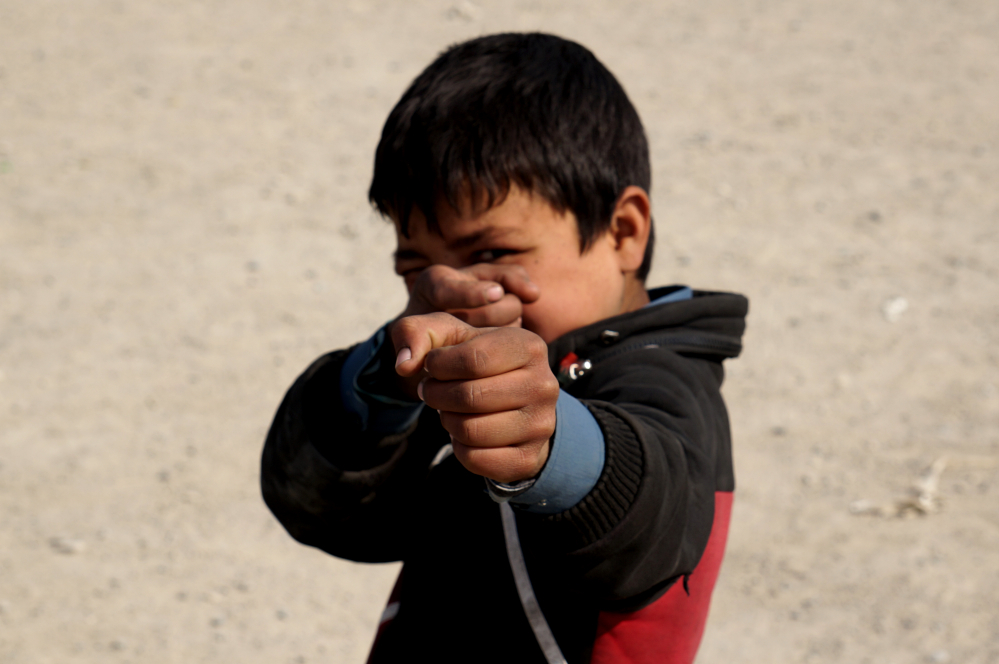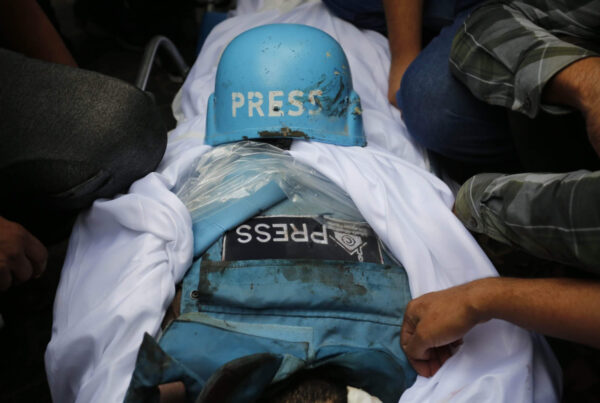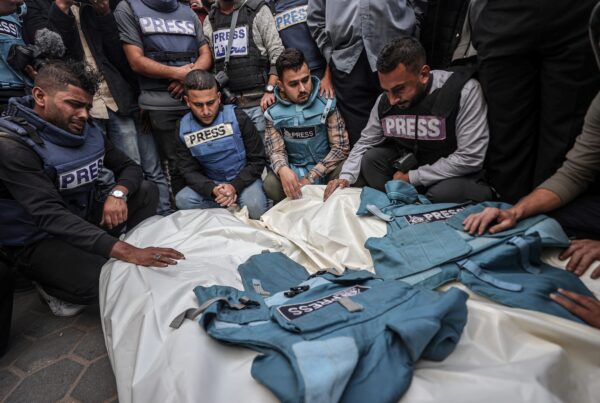The following chapter is an edited extract from the Responsibility to Protect report published by the Edmund Rice Centre in July 2017. The report is a continuation of ERC’s determination to investigate Australia’s most recent deportations to Afghanistan and is available for free download.
In 2014, Afghanistan’s contentious presidential election was ultimately resolved not by the ballot box but by a U.S.-brokered deal that created the National Unity Government (NUG). The power-sharing deal was seen as a major setback in Afghanistan’s democratic transition, but it was a necessary price to pay for stability. After months of negotiation with the assistance of the former U.S. Secretary of State John Kerry, in September 2014 Ashraf Ghani became president, while runner-up Abdullah Abdullah was appointed as the Chief Executive of the government with powers similar to those of a prime minister. The NUG nevertheless has been a fragile political arrangement because of its controversial and unconstitutional formation.
According to the 2016 World Report of Human Rights Watch (HRW), the NUG has failed to make significant gains in achieving human rights reforms because it has been unable to restrain abusive militias, reduce corruption, improve good governance, promote women’s rights, and reform the judicial system of the country. Additionally, The NUG agreement obliges the Afghan government to initiate a number of political and electoral reforms within two years of its formation. However, there has been no meaningful step towards implementing these important reforms as a means of strengthening the country’s democratic transition. Parliamentary and provincial elections scheduled for 2015 were postponed indefinitely pending contested electoral reforms.
The Afghan government has failed to deliver basic services to citizens across the country with hospitals, schools and basic amenities losing funding. An opinion poll by BBG-Gallup Survey in early 2016 shows that nearly 81 percent of respondents said they were dissatisfied with the performance of the Afghan government, and only 17 percent said they were somewhat or very satisfied. Nearly 69 percent said their lives have become worse over the past year, and almost 46 percent said they expected life to get even worse in next 12 months. Just over 24 percent said life would get better, while 30 percent said they did not know how it would fare.
Support for the Afghan government has dropped dramatically with a dysfunctional judicial system allowing corruption to thrive. Afghan citizens rated the judiciary as the most corrupt institution in the country. Afghanistan ranked 174 of 176 in Transparency International’s 2012 Corruption Perceptions Index and is routinely named as one of the world’s five most corrupt countries. In 2016, the country ranked 169 out of 176 countries in Transparency International’s newest Corruption Perceptions Index. Corruption has led to a breakdown in the public’s trust of their elected leaders with James McKenzie, a journalist from Reuters, claiming it is one of the reasons why Afghans are leaving the country. “They think that the politicians just do it to get money for themselves, just get all this aid money and steal it and put it in Dubai.”
As the level of dissatisfaction with the performance of the Afghan government has increased, there have been numerous mass protests in Kabul and across the country against the government. In November 2015, Kabul witnessed a historic protest when tens of thousands of people marched to the Presidential Palace. It was one of the largest demonstrations in Afghanistan’s modern history. Demonstrators carried the coffins and photos of seven innocent people, including two women and a nine-year-old girl, who were killed by the IS-KP fighters in Arghandab district of southern Zabul province. The victims were all from the ethnic Hazara minority.
In another protest on 23 July 2016, thousands of people from the Shia Hazara community gathered in Kabul to demonstrate their anger over a new power line, saying its route bypasses their provinces in the central region of Afghanistan. The central region is predominantly populated by Hazaras who constitute over 9 percent of the country’s population. The protest was targeted by a twin-bombing which killed over 80 people and injured more than 230. The IS-KP claimed responsibility for the deadly attack.
Public dissatisfaction with the performance of the Afghan government has been well- documented by a 2016 report of TAF, called “A Survey of the Afghan People.” The survey reveals that only 29.3 percent of the respondents have said that their country is moving in the right direction, which is the lowest level of optimism since the survey began in 2004. Following a sharp decline in 2015, Afghan perceptions of how well government institutions do their job again declined to historically low levels in 2016. Only 49.1 percent of Afghans surveyed say that the government is doing a good job, down from 57.8 percent in 2015.
Overall, political infighting between the two divisions of the government (Ashraf Ghani and Abdullah Abdullah) has significantly affected political stability in Afghanistan. The government has failed to deliver its promises in the areas of reforming the political system, improving security, promoting human rights, fighting wide-spread corruption, responding to economic challenges, and addressing the problem of refugees, including Afghan returnees and IDPs.



